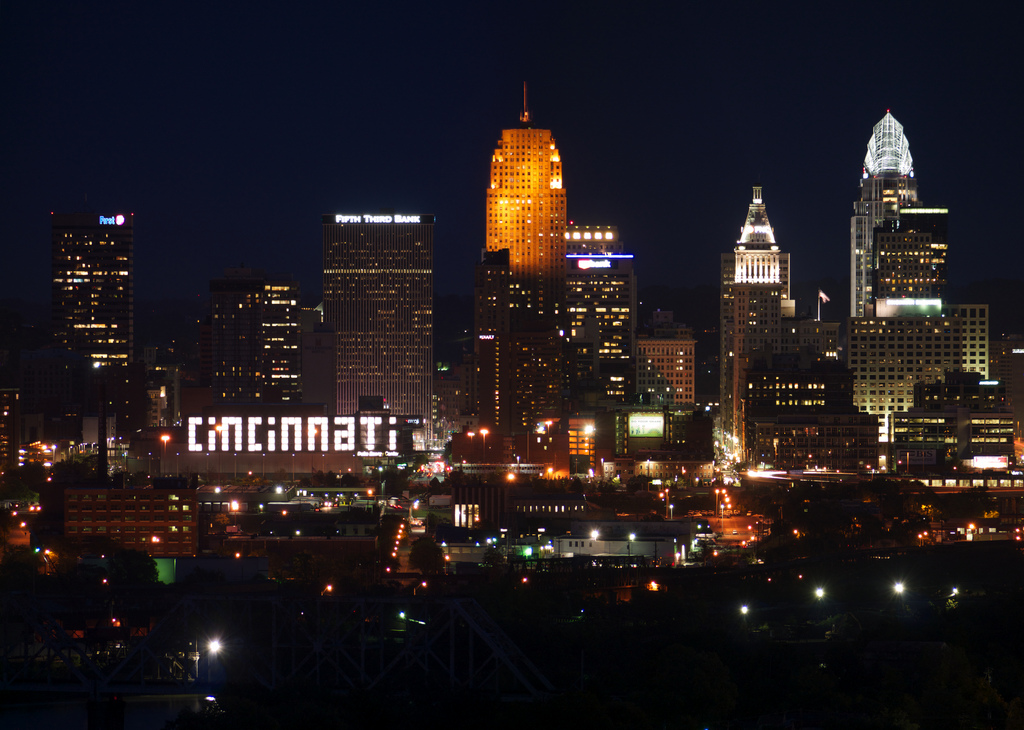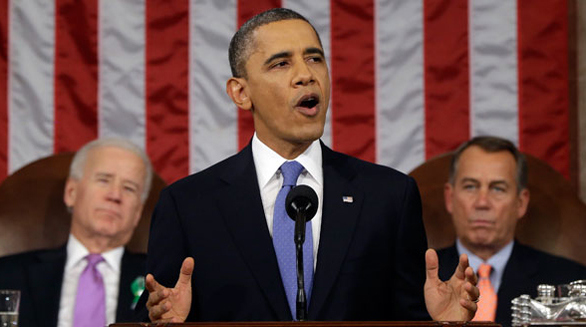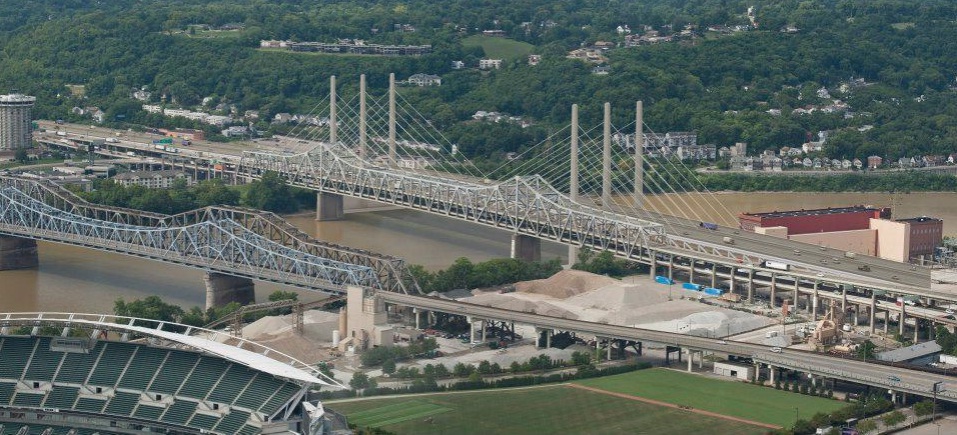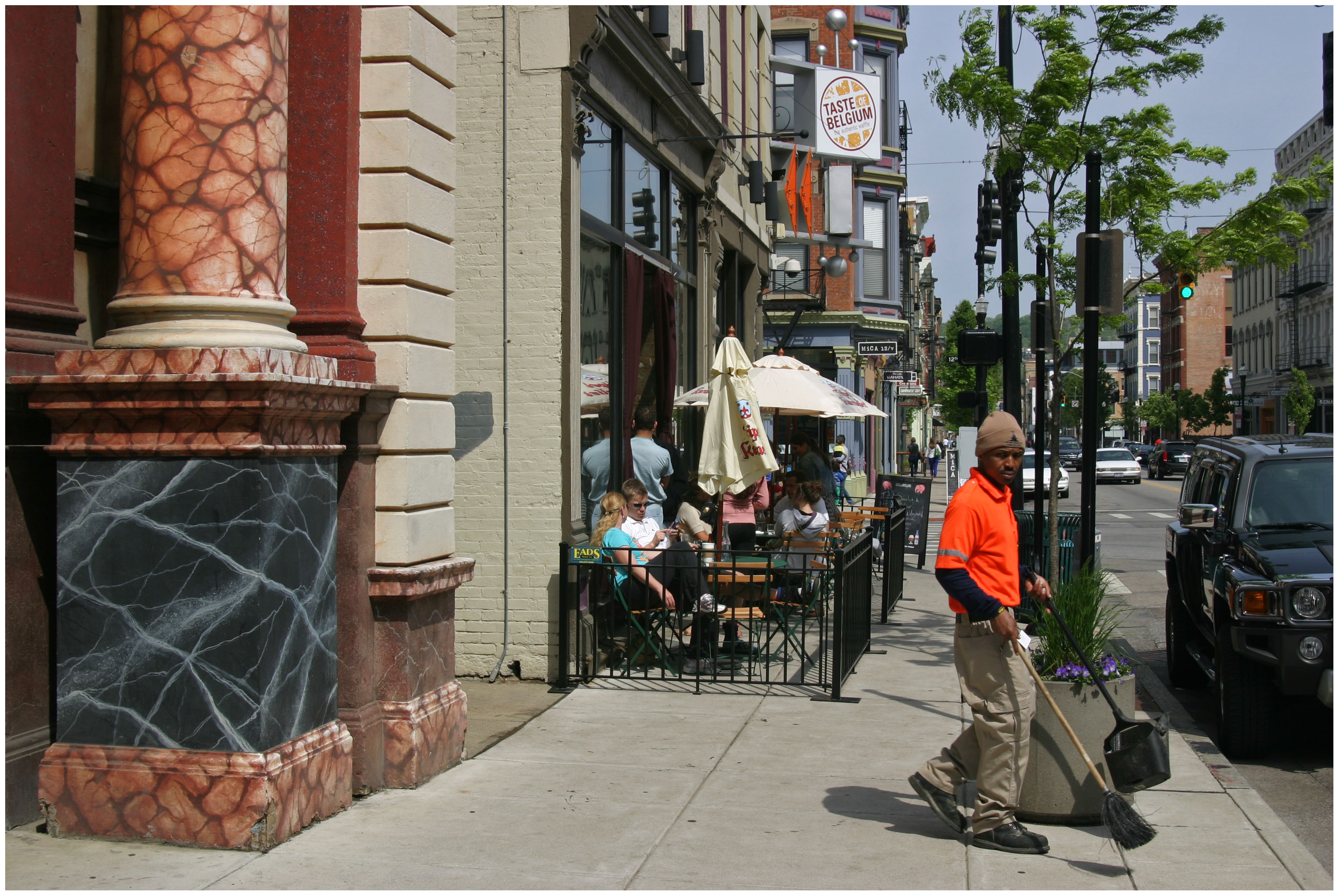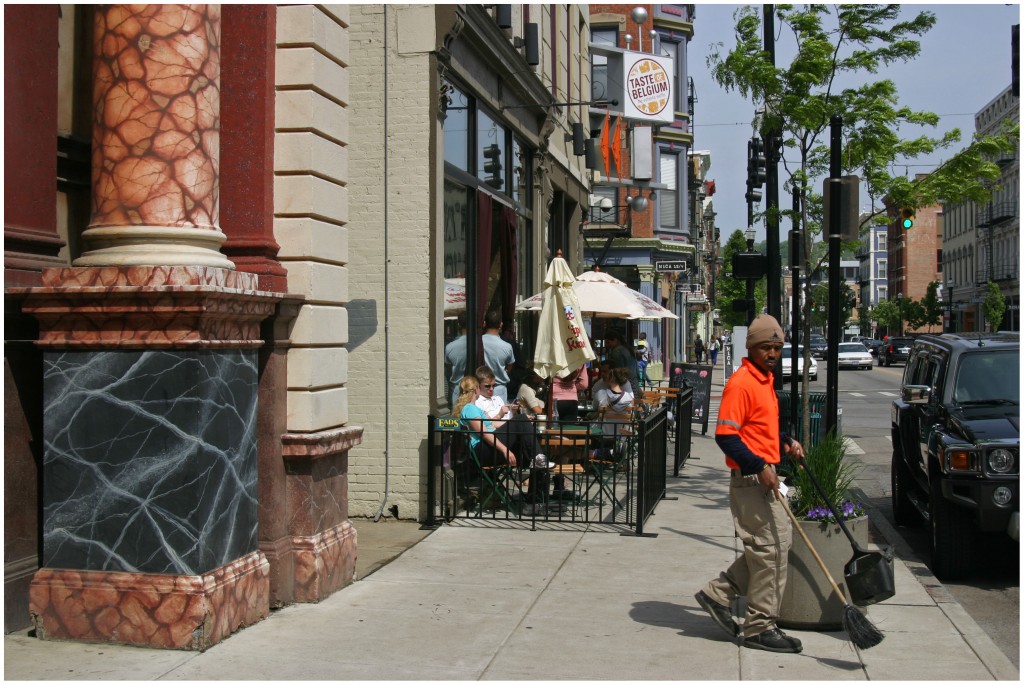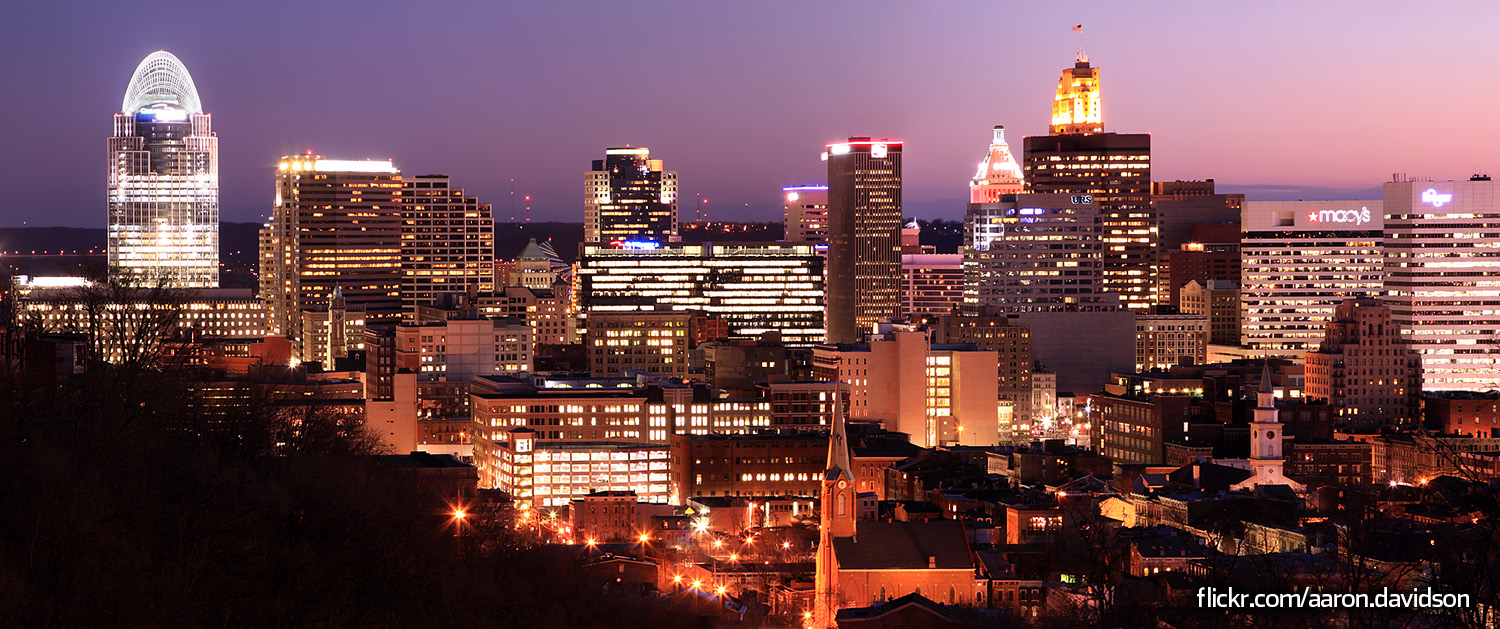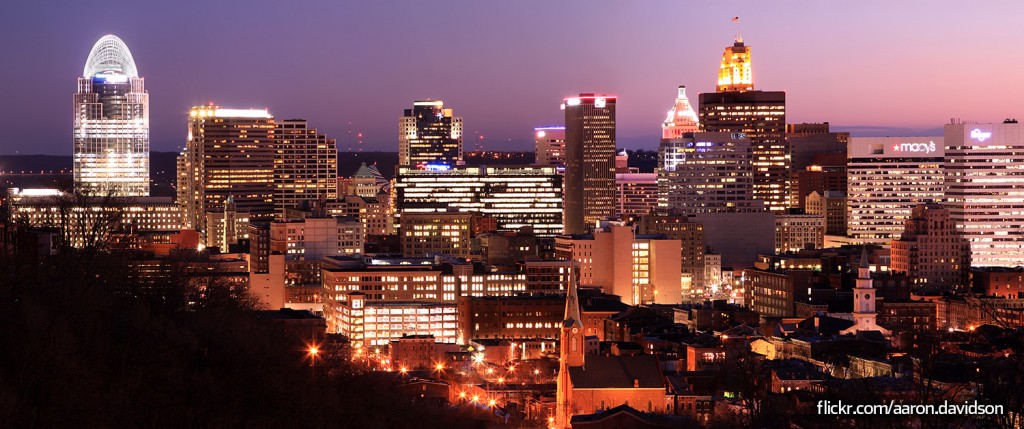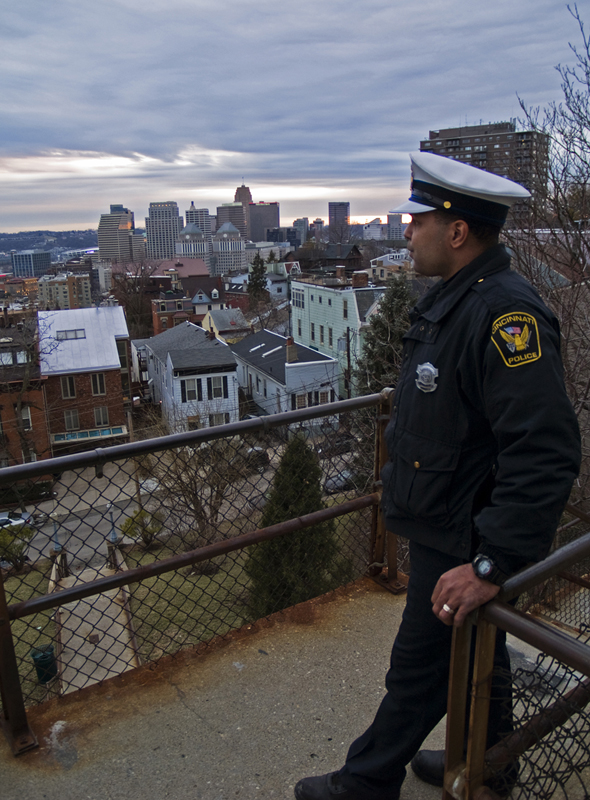Cincinnati City Manager Milton Dohoney released his recommended budget that makes a large number of cuts to fill the $35 million budget gap left behind following the State of Ohio’s reduction of $26 million in funding to the City of Cincinnati.
The original budget proposal from Dohoney included $25.8 million from an upfront payment included in the parking lease and modernization plan, which would have also included $3 million in annual payments thereafter. This proposal was approved 5-4 by City Council, but was put on hold by a local court until opponents were able to file petitions and get the proposal put on this November’s ballot for public vote.
“Though a legal victory is being vigorously pursued, the ultimate resolution is not assured in time to affect what must be in place by June 1 to take effect July 1, 2013,” Dohoney explained. “Should a final legal victory be realized after July 1, the Administration would presume to move expeditiously to reverse some of the impacts of the cuts contained within the recommended budget.”

Cincinnati’s mounted patrol would be cut entirely if City Council passes the recommended budget. Photograph by Randy Simes for UrbanCincy.
The end result of these cuts includes the elimination of 66 police officers, 71 fire fighters, 64 city employees, and the elimination of 60 vacant positions. The recommended budget will also eliminate funding for the following items:
- Greater Cincinnati Energy Alliance ($150,000)
- Urban Agricultural Program ($65,000)
- Heritage Events Subsidy – Opening Day Parade, St. Patrick’s Day Parade, Black Family Reunion, Juneteenth ($36,000)
- Camp Washington, Fairview, Filson, Spring Grove Village, and Ziegler Pools ($167,650)
- Bush Recreation Center in Walnut Hills ($127,710)
- Energy Management Program ($100,010)
- Mounted Patrol ($95,000)
- Community Prosecution Program ($83,857)
- Delinquent Accounts/Receivables Program ($75,460)
- Claims Program ($55,680)
- Tire Collection Program ($30,880)
In addition to the elimination of these programs, no funding is budgeted for either 2014 or 2015 as a result of limited General Fund resources.
Furloughs for City Management staff will also take place, and the City of Cincinnati would also use a larger amount of projected casino revenues to balance this budget, even though Dohoney has recommended against that in the past due to the unpredictability of these funds.
“While balancing a budget deficit with mostly cuts is not preferred, the timing of the new fiscal year coupled with the timing of the litigation over the parking deal makes it the only real option with a number this large,” Dohoney stated in a prepared release. “Our goal is going to be to recall staff as soon as possible and provide the best customer service we can deliver for the citizens in the meantime.”
A number of other measures are taken in the recommended budget to help close the budget gap, but the large amount of savings is realized through personnel layoffs. Dohoney has also recommended that the property tax millage increase from 5.7 mills to its maximum allowed 6.1 mills to raise an additional $1.3 million annually.
To help engage the public in this budget process, Cincinnati Vice Mayor Roxanne Qualls (C) has scheduled three public hearings. The first will take place at the Duke Energy Convention Center on Thursday, May 16 at 6:30pm, the second will occur on Monday, May 20 at 6:30pm at the College Hill Recreation Center, and the final meeting will take place at the Madisonville Recreation Center on Wednesday, May 22 at 6:30pm.
“My priority for the FY 2014 city operating budget is to make sure that all Cincinnati’s neighborhoods are safe and that we continue to attack blight that breeds crime,” Qualls stated. “As chair of the Budget and Finance Committee I will work to further reduce the number of layoffs for police, fire and health department personnel, to ensure that we keep all our neighborhoods safe and clean.”
